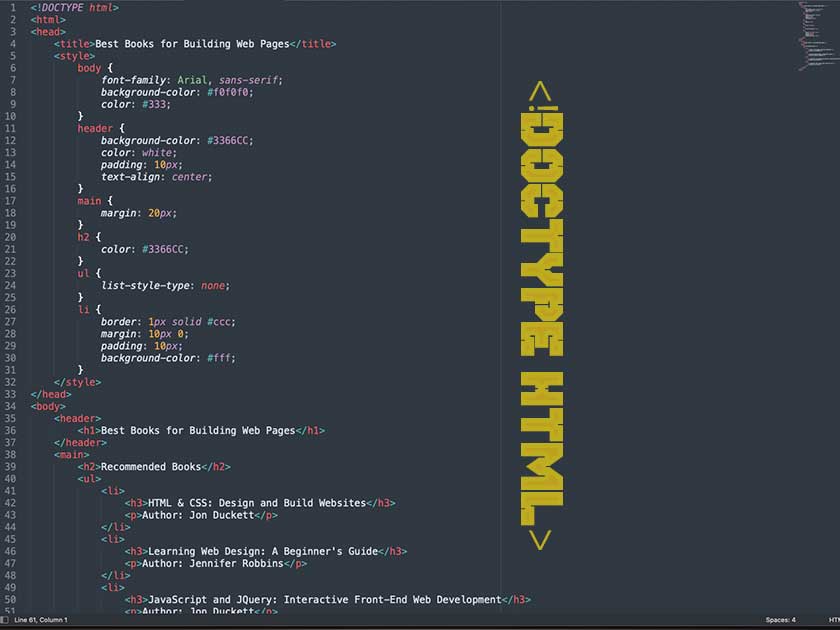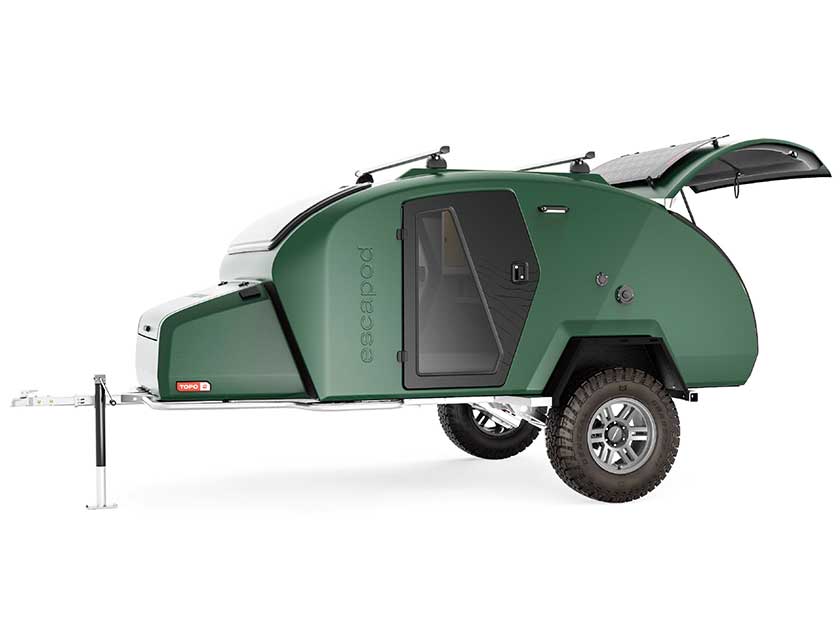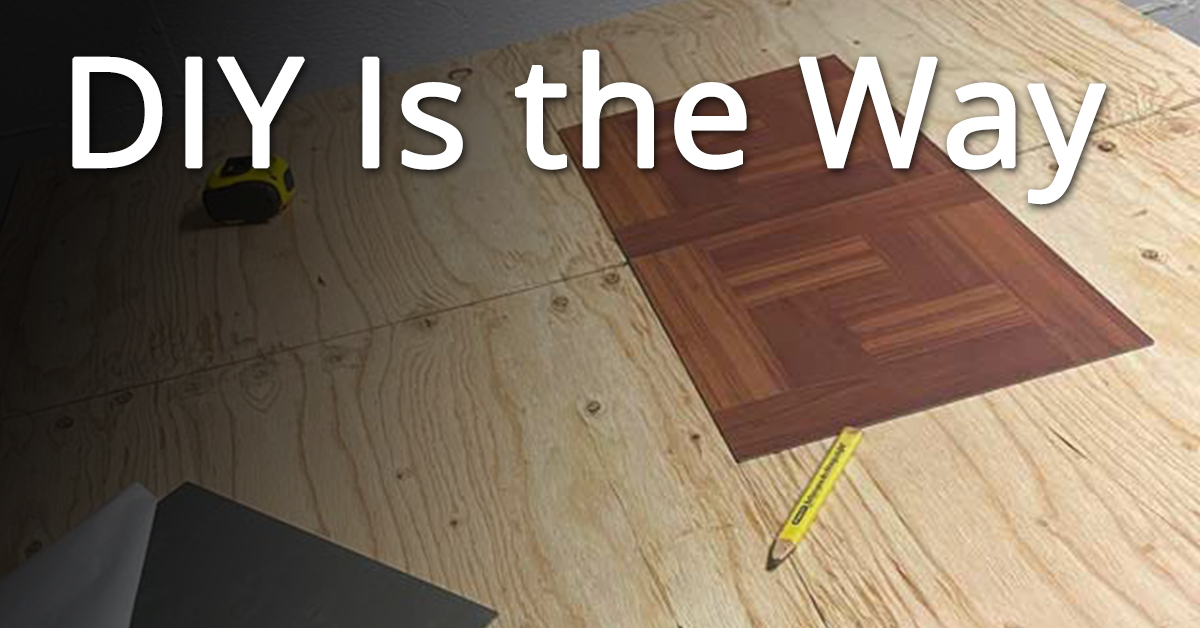Latest in: building things
The Design of Everyday Things by Don Norman The Design of Everyday Things The Design of Everyday Things is a book written by Don Norman, a cognitive scientist, usability engineer, and design expert. In …
TearDrops and Tiny Trailers There's a certain allure to hitting the open road and exploring the great outdoors with your own personal camper. As a man who appreciates both adventure and style, I am …
Early in my life, I spent a lot of my time building things. I worked construction, built buildings, I set tile for a bit, I worked at for a small company that built elaborate …
Subscribe to be updated about new content.
kenbrian


